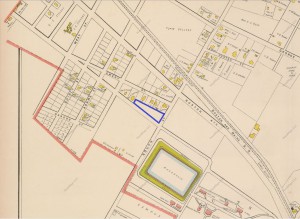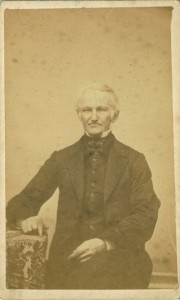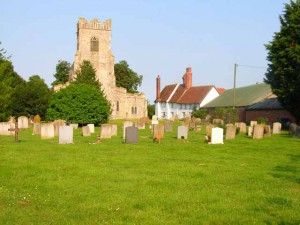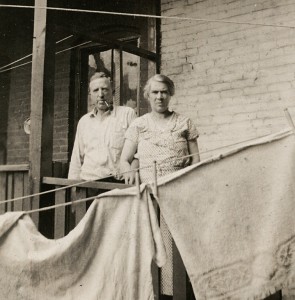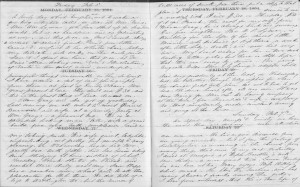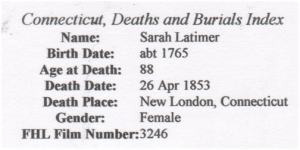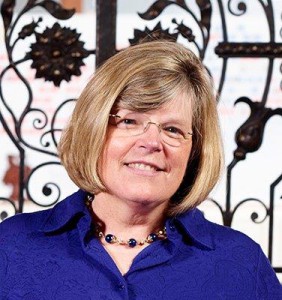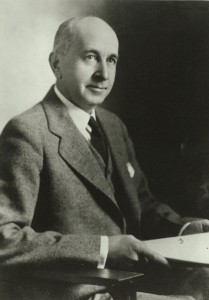
As I’ve mentioned before, genealogical research favors the resourceful — and the patient. One of my outstanding brick walls, a man who has defeated generations of researchers in my mother’s family, is my great-great-grandfather John Francis Bell (1839–1905). Now, while nothing I’m going to say here will provide anything so pleasing as a breakthrough on this mysterious fellow, I think (and hope) there will be value in the journey, in advance of reaching some sort of destination.
I have written elsewhere about strategies for Google searches and the uses of periodic name searches (under every conceivable name variant) when dealing with recalcitrant relatives. Continue reading Another brick in the wall
